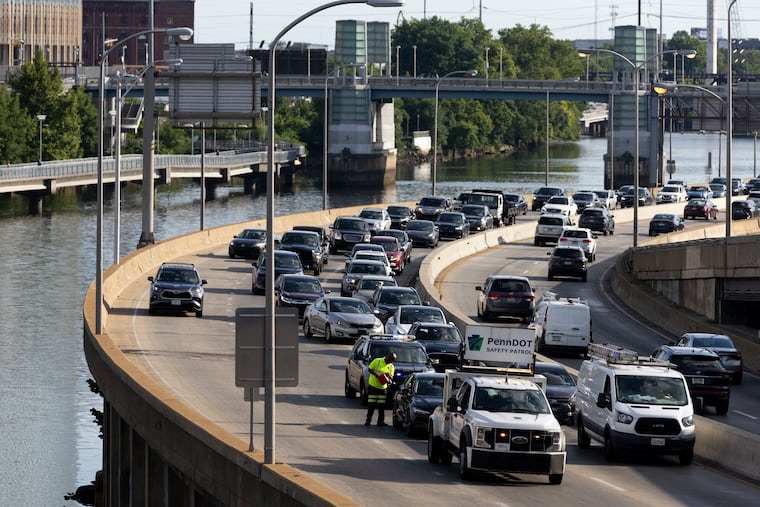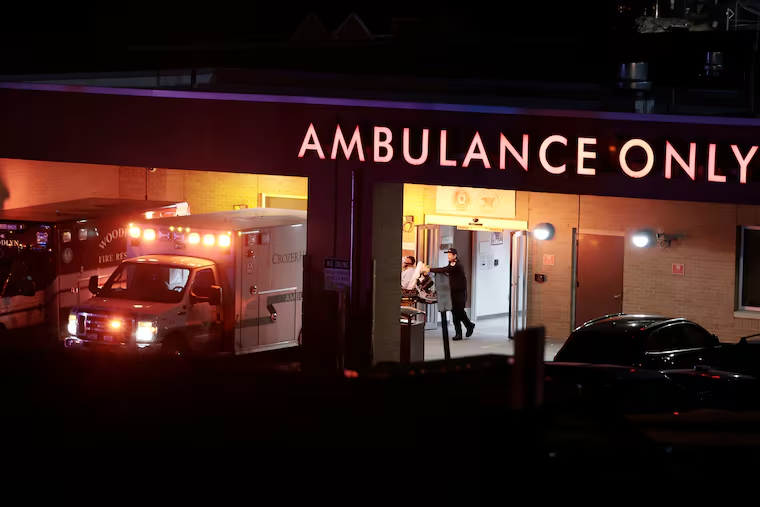Traffic impact study reveals significant issues if SEPTA implements service cuts.
An anticipated increase of 275,000 vehicles per day is projected to flood the highways and interstates of the Philadelphia region if the Southeastern Pennsylvania Transportation Authority (SEPTA) implements its proposal to cut nearly half of its transit services. This alarming forecast was presented during a recent Delaware Valley Regional Planning Commission (DVRPC) meeting, highlighting the potential repercussions of the planned service reductions.
According to the DVRPC’s analysis, these drastic cuts—stemming from a 3 million annual structural deficit driven by decreased ridership post-pandemic and escalating operational costs—will culminate in severe traffic congestion. The projected rise in vehicular activity would result in an additional 2 million vehicle miles traveled daily across Philadelphia and its surrounding counties, contributing to substantially slower commute times for thousands of residents.
This scenario could lead to traffic conditions reminiscent of a city-wide influx, theoretically comparable to welcoming every resident of Pittsburgh, which totals around 300,000, to the region simultaneously. The implications of such a dramatic increase in traffic density could be catastrophic for commuters, significantly extending travel times on major routes and diminishing overall average speeds. Notably, approximately 55% of this new traffic would likely divert to arterial and secondary roads, compounding congestion in neighborhoods and suburban areas.
SEPTA’s recent financial report also indicates that fare evasion, costing an estimated million to million annually, compounds the agency’s financial troubles. The proposed budget unveiled includes a stark “doomsday” outline of potential service cuts, which suggests the elimination of up to 55 bus routes and the shutdown of five Regional Rail lines. Moreover, numerous stations could face closure and reduced service frequency on remaining routes would diminish transit options, notably during off-peak hours.
Transportation experts and local officials, including members of the Delaware County Council, are expressing concern regarding the cascading effects of reduced transit services on regional supply chains, emphasizing the negative impact on the airport’s cargo operations and distribution networks reliant on I-95.
The DVRPC analysis serves as an urgent call to address these impending challenges, as congestion caused by transit service declines poses a significant threat to the region’s infrastructure and overall quality of life. The profound changes anticipated could reverberate throughout the community, affecting not just commuters but the broader economic landscape as well.






